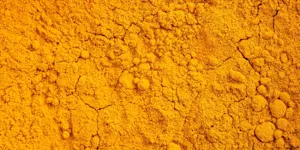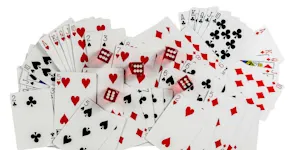What Makes This Word Tick
The word "sieve" conjures up visions of kitchen gadgets and science experiments. It's often seen facilitating the separation of wanted substances from unwanted ones. Think of how a gold prospector would sift through the dirt to find glimmers of gold, or how a cook separates fine flour from clumps with ease.
If Sieve Were a Person…
If sieve were a person, it would be that meticulous friend in your social circle who’s incredibly detail-oriented. You know, the one who filters out the fluff from any conversation and gets straight to the point. They'd be the perfect companion for a trip to the farmer’s market—spotting the freshest produce amid the riff-raff.
How This Word Has Changed Over Time
Sieve has maintained a fairly consistent meaning over the centuries: it's always been about filtering or straining. However, as technology evolved, so did the types of substances being sifted. From meal grinding in medieval times to filtering information in the digital age, it's adapted while staying remarkably true to its roots.
Old Sayings and Proverbs That Use Sieve
An old saying that references a sieve goes something like, "Knowledge is like a sieve; it retains only what is worth saving." This highlights the idea of quality control — keeping what’s valuable and letting go of the rest. It's both timeless and practical, don't you agree?
Surprising Facts About Sieve
Did you know sieves have been around since ancient Egyptian times? They used sieves not only for cooking but also in the process of brewing beer. The ancient Romans had their version too, but they upped the ante by incorporating metal into their designs to sift materials for construction.
Out and About With This Word
Next time you're in the kitchen, take a moment to appreciate your sieve. It's not just a cooking tool; it’s a multitasker. Beyond sifting flour or sugars, it's fantastic for washing berries, blanching veggies, and even masquerading as a planter for those inclined to urban gardening.
Pop Culture Moments Where Sieve Was Used
Perhaps it didn't steal the scene, but in many cooking shows, the sieve has played a starring role. Remember those tense moments in culinary competitions when chefs painstakingly sift their sauces? The sieve might be behind the scenes, but it's pivotal in avoiding culinary catastrophes.
The Word in Literature
Sieves pop up in literature as metaphors for sifting through ideas, emotions, and even memories. They’re like those characters in classic novels who strip away pretense to get to the heart of a matter. If you're a fan of British literature, you'll find sieves making subtle appearances in descriptions of rural life.
Moments in History with Sieve
The California Gold Rush is a historical event where a sieve would have been indispensable. Imagine the excitement (and dust) of 1848 as prospectors hurriedly sieved through streams, hoping for that gleaming reward. That moment when a speck of gold appeared after determined sieving was akin to finding buried treasure.
This Word Around the World
In Italy, neccio refers to a sieve made specifically for chestnut flour, showing how integral they are to regional cooking. Across the globe, sieves take on various forms and names, but their purpose — to separate, refine, and perfect — remains universal. From the panning trays of gold miners in the American West to the shakers in Japanese tea ceremonies, they play key roles.
Where Does It Come From?
The word "sieve" originates from Old English "sife," derived from Proto-Germanic "sib." Its roots are likely linked to the process of separating, which connects it culturally and linguistically across many European languages, each slightly adapting the tool but keeping the core function.
How People Misuse This Word
Sometimes people mistakenly use "sieve" when they mean "colander," which is understandable given both are used in kitchens. However, the critical difference lies in their function: sieves separate fine particles, while colanders allow liquids to drain from solids such as pasta.
Words It’s Often Confused With
Colander: Used for draining liquid from solid food, much like pasta; not for fine particles.
Strainer: A broader term that often includes both sieves and colanders.
Filter: More often used in contexts outside of cooking, like air or water purification.
Additional Synonyms and Antonyms
Synonyms for sieve include strainer, sift, and filter. As for antonyms, consider amalgamate or combine, which express gathering rather than separating.
Want to Try It Out in a Sentence?
When baking his famous chocolate cake, George made sure to use a sieve to ensure the flour was lump-free, a small step that made a big difference in texture.
















